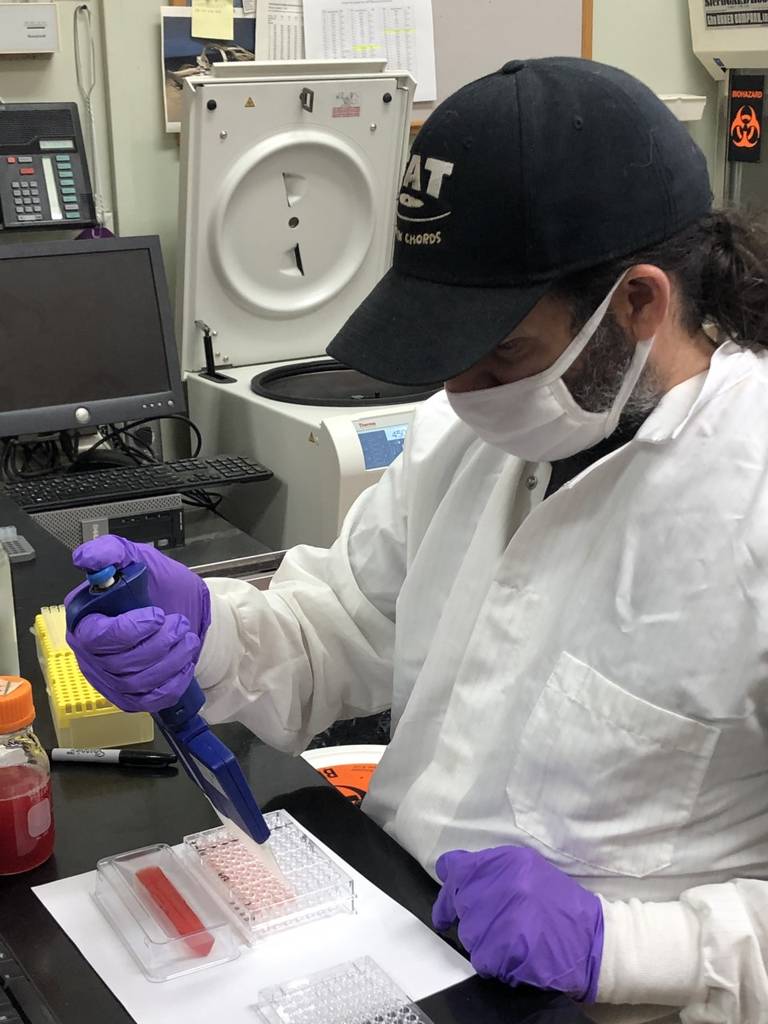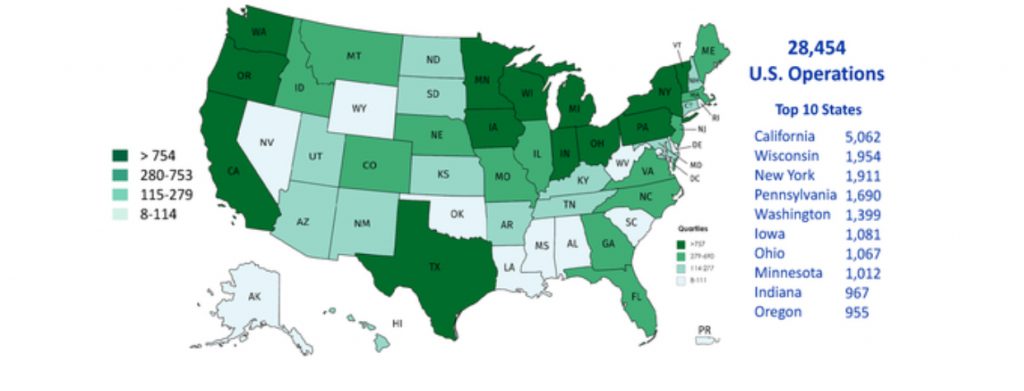Statement from CDFA secretary Karen Ross:
I am eager to work with my friend and former boss Secretary Tom Vilsack to expand climate smart agriculture practices to more acres of farm and ranch land! CDFA’s climate smart ag programs have been built on the great work at USDA under Secretary Vilsack’s previous leadership to create the climate smart ag building blocks and advance climate smart ag global alliances.
USDA’s Natural Resource Conservation Service is a trusted partner offering technical standards for proven conservation practices and cost-share programs. We have followed that NRCS model to offer voluntary practices, incentive funding, and technical assistance to build soil health, reduce greenhouse emissions, sequester carbon, improve nutrient cycling, generate renewable energy, and enhance biodiversity.
We have great partnerships with the University of California Cooperative Extension and academia, rural conservation districts, ag and environmental organizations and other technical service providers to expand the infrastructure of climate smart ag support throughout California.
However, at the end of the day, it is the leadership and innovation of our farmers and ranchers who live and work on the land – whether as new beginning farmers or fifth-generation and sixth-generation families – that will help California meet its carbon neutral goals.
———–
News Release
On the same day the Biden Administration announced a series of actions on climate, California environmental officials convened hundreds of stakeholders to begin advancing Governor Gavin Newsom’s first-in-the-nation goal to protect 30 percent of the state’s land and coastal waters by 2030 to fight species loss and ecosystem destruction.
Last year, California joined a global effort than now includes more than 50 countries to protect 30 percent of our planet’s land and waters by 2030. Today’s announcement by President Biden means the United States is now added to the list as well.
“California has long taken on the mantle of global climate leadership advancing bold strategies to fight climate change – including committing to protect 30 percent of our land and coastal waters by 2030,” said Governor Newsom. “It’s great to have a partner in Washington, D.C. once again that listens to science and is ready to take on this existential threat and get to work to help slow and avert catastrophic climate change.”
California committed to protecting 30 percent of land and coastal waters by 2030 last October when Governor Newsom signed an executive order directing state agencies to accelerate actions to combat climate change, protect biodiversity, expand equitable access and build resilience through nature-based solutions.
The agencies convened a public webinar today to kick off a collaborative effort to advance the 30 by 30 commitment and begin work on a Natural and Working Lands Climate Smart Strategy to be delivered later this year.
“Nature-based solutions to combat climate change have long been a missing piece of our climate agenda, and we are closing this gap in California,” California Secretary for Natural Resources Wade Crowfoot said. “The science is clear that our iconic landscapes remove carbon from the atmosphere and protect people and nature from the impacts of climate change – reducing risk of catastrophic wildfire, absorbing floodwater, cooling communities, providing habitat, and more. While the portfolio of nature-based solutions is vast, they all support healthy ecosystems on which all our wellbeing depends.”
“Today’s action from the Biden Administration marks a commitment to elevating climate and environmental justice to the top of our collective agenda. Protecting nature and restoring our lands and waters is fundamental for life on this earth – everything from clean air and drinking water to our shared food systems and the biodiversity that keeps our planet health,” California Secretary for Environmental Protection Jared Blumenfeld said. “We also know that preserving these invaluable resources means little if people are still left with the burden of polluting industries in their neighborhoods and without access to the same investments made elsewhere. That’s why we are equally proud and excited to see the Administration’s focus on 40 percent of all investments going to the most disadvantaged communities and the integration of not just climate, but racial justice, into all federal agency actions. We welcome the Biden Administration’s partnership in taking bold action now.”
“We welcome a strong and renewed partnership with the federal government to scale-up climate smart agriculture, not just in California but across the country,” California Secretary for Agriculture Karen Ross said. “California’s record of investment in climate smart agricultural practices to reduce greenhouse gas emissions and sequester carbon demonstrates the possibility of a vibrant future led by farmers and ranchers in creating an agri-food system that produces abundant and nutritious food, natural fiber, and clean energy to achieve prosperity for our rural communities.”
Examples of nature-based solutions include:
- Prescribed low-level fire—emulating tribal traditional practices— that reduce catastrophic risk, restore forest health, and protect habitat.
- Restoring wetlands and riparian areas to reduce flooding in coastal communities, protect biodiversity, and sequester carbon.
- Introducing more natural vegetation in cities, including trees and parks.
- Improving richness and diversity of our soils.
The California Natural Resources Agency has launched the California Biodiversity Collaborative to develop a statewide, inclusive and equitable approach to protecting the state’s natural richness. To reach that goal, the agency is developing a geospatial information system called CA Nature that will bring together existing data on biodiversity, climate change and recreational access into one integrated place.
The system will provide insight into where biodiversity hotspots intersect with needs for equitable access and carbon storage, for example, or help identify areas projected to experience extreme heat or flooding where green infrastructure is needed. This system will be publicly available.
More information on the 30 by 30 effort and the Biodiversity Collaborative is available at https://resources.ca.gov/Initiatives/Expanding-Nature-Based-Solutions.
###







